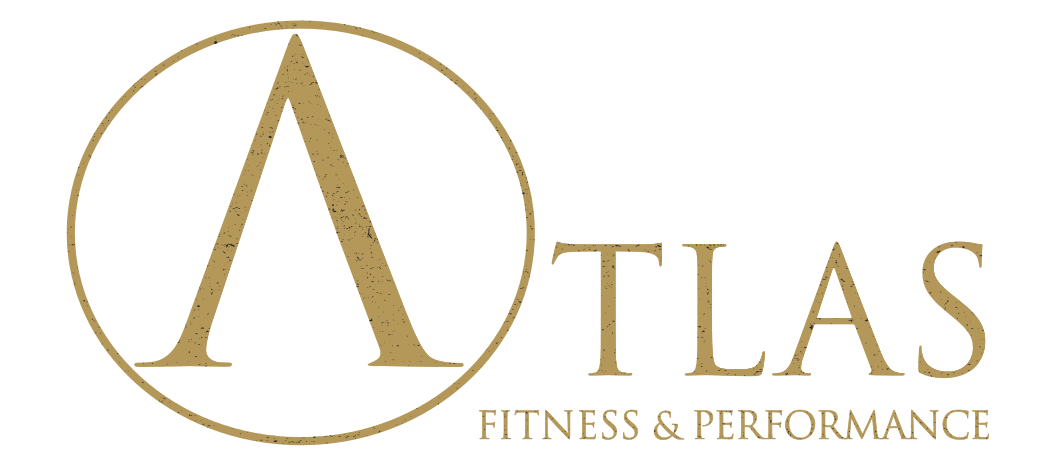Introduction
Cardiovascular exercise plays a vital role in maintaining overall health and achieving fitness goals. Whether you’re aiming to lose weight, boost endurance, or enhance athletic performance, understanding and effectively training within heart rate zones can significantly elevate the effectiveness of your workouts. In this article, we’ll delve into how heart rate zones work and explore strategies to train within these zones to meet specific fitness objectives.

The Science of Heart Rate Zones
Heart rate zones are defined ranges of heartbeats per minute that correspond to different levels of exercise intensity. These zones are determined by a percentage of your maximum heart rate (MHR), which is often estimated using the formula 220 minus your age. Each zone offers unique physiological benefits, helping you target various aspects of cardiovascular fitness.
1. Zone 1 – Very Light (50-60% MHR):
This zone is ideal for warming up, cooling down, and promoting blood flow to muscles. It’s a low-intensity zone that aids in recovery and prepares your body for more strenuous exercises.
2. Zone 2 – Light (60-70% MHR):
Zone 2 is perfect for building endurance and improving your aerobic base. Workouts in this zone enhance your body’s ability to utilize oxygen efficiently, making them great for extended cardio sessions.
3. Zone 3 – Moderate (70-80% MHR):
Referred to as the “aerobic” zone, this range challenges your cardiovascular system and increases oxygen consumption. It’s suitable for improving overall fitness and sustaining moderate-intensity exercises.
4. Zone 4 – Hard (80-90% MHR):
Training in this zone pushes your body’s lactate threshold, improving your ability to handle higher levels of intensity. It’s ideal for enhancing anaerobic capacity and increasing endurance at higher effort levels.
5. Zone 5 – Maximum (Above 90% MHR):
This zone focuses on explosive power and speed. It’s used for high-intensity interval training (HIIT) and short bursts of maximum effort, improving anaerobic capacity and muscle power.

Training Strategies For Different Goals
1. Weight Loss and General Fitness:
For weight loss and overall fitness, a combination of zones 2 and 3 is effective. Longer sessions in the aerobic zone (zone 2) burn calories and increase endurance, while the moderate-intensity workouts in zone 3 contribute to fat loss and cardiovascular health.
2. Endurance Training:
To boost endurance, prioritize zones 2 and 3. Engaging in longer workouts within these zones enhances your aerobic capacity, allowing you to sustain physical activity for extended periods.
3. Anaerobic and Power Training:
To enhance anaerobic capacity, focus on zones 4 and 5. Incorporate interval training and short bursts of high-intensity exercises to challenge your muscles and cardiovascular system.
4. High-Intensity Intervals for Efficiency:
HIIT, involving alternating between intense bursts (zone 4 or 5) and recovery periods (zone 1 or 2), is an efficient method for improving both aerobic and anaerobic fitness. It’s a time-saving approach that yields impressive results.
Conclusion
Understanding how heart rate zones operate and tailoring your cardio training to match your goals can lead to more effective and efficient workouts. The key lies in finding the right balance between the various zones, gradually progressing as your fitness improves. Remember, individual factors such as age, fitness level, and health conditions should guide your training decisions. Consult with fitness professionals and consider using heart rate monitors to accurately track your heart rate during workouts. By mastering heart rate zones, you’ll unlock the full potential of your cardiovascular workouts and move closer to achieving your fitness aspirations.



